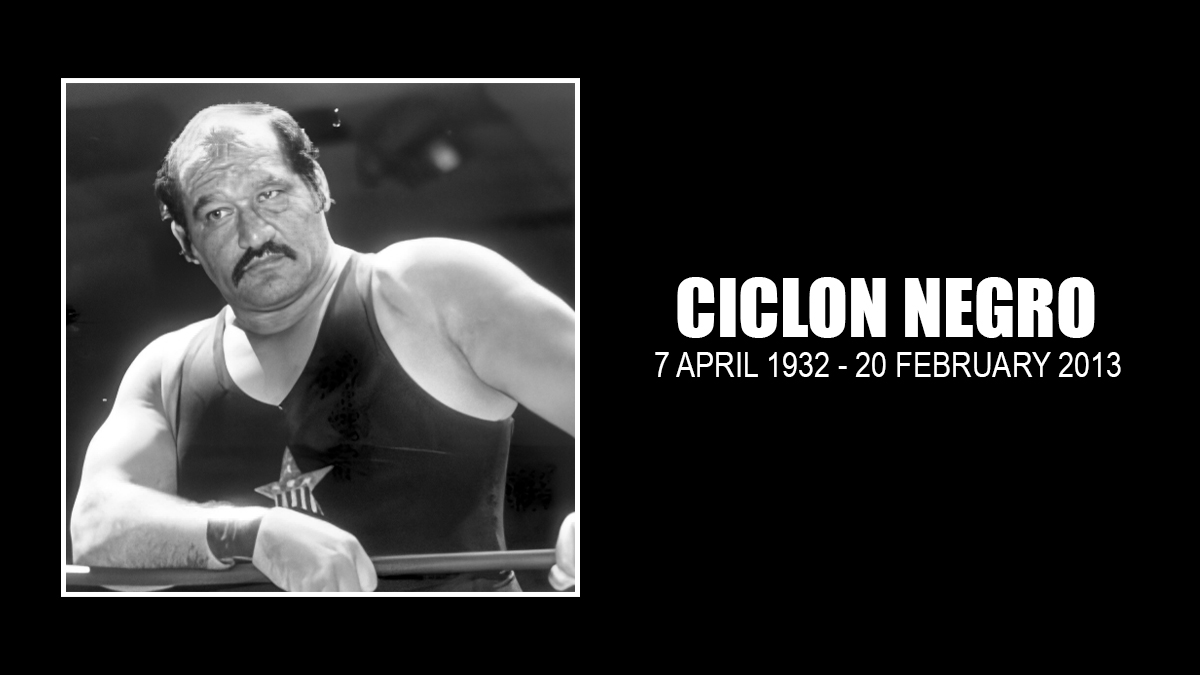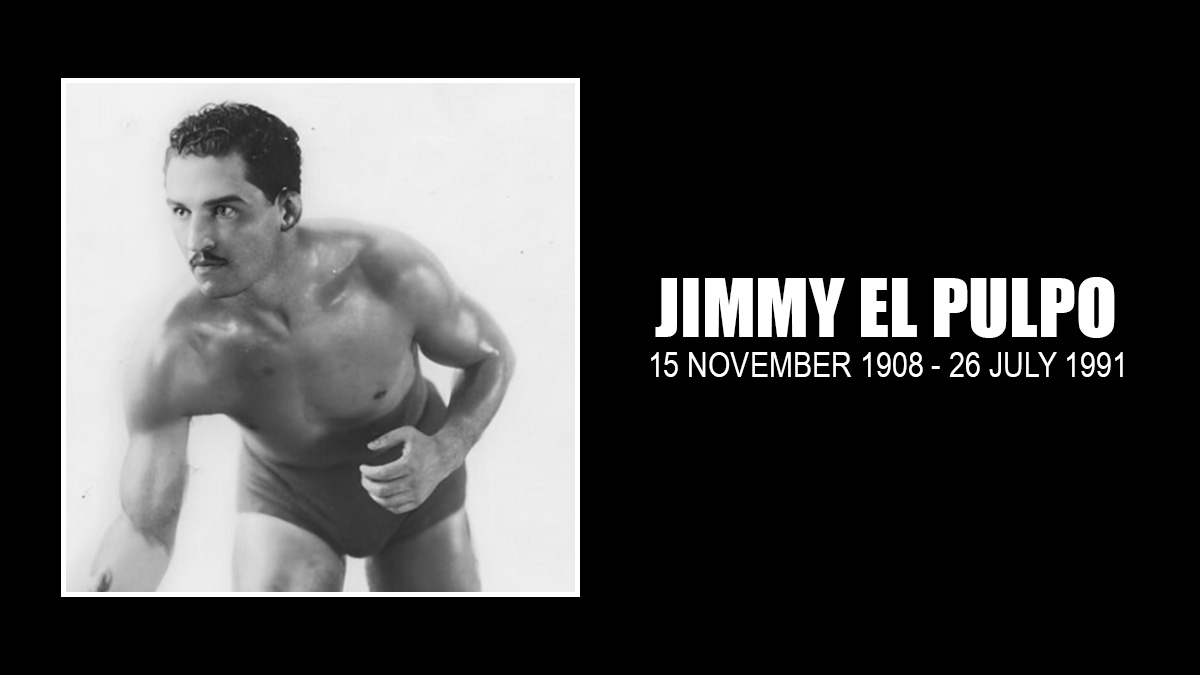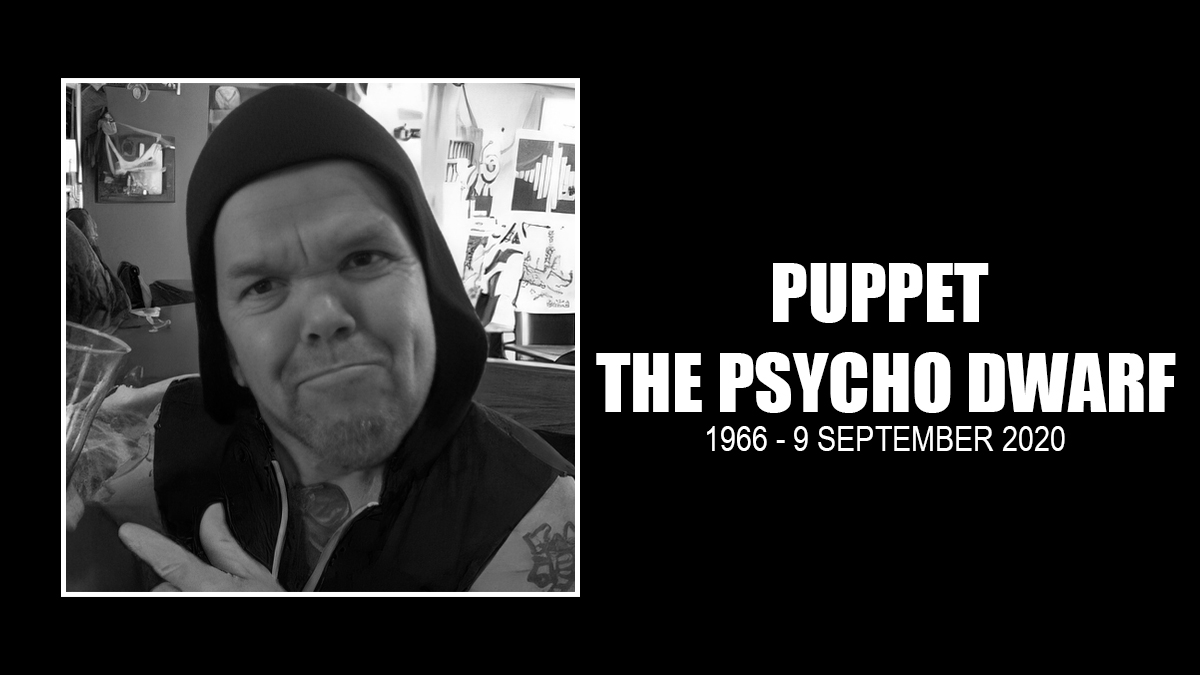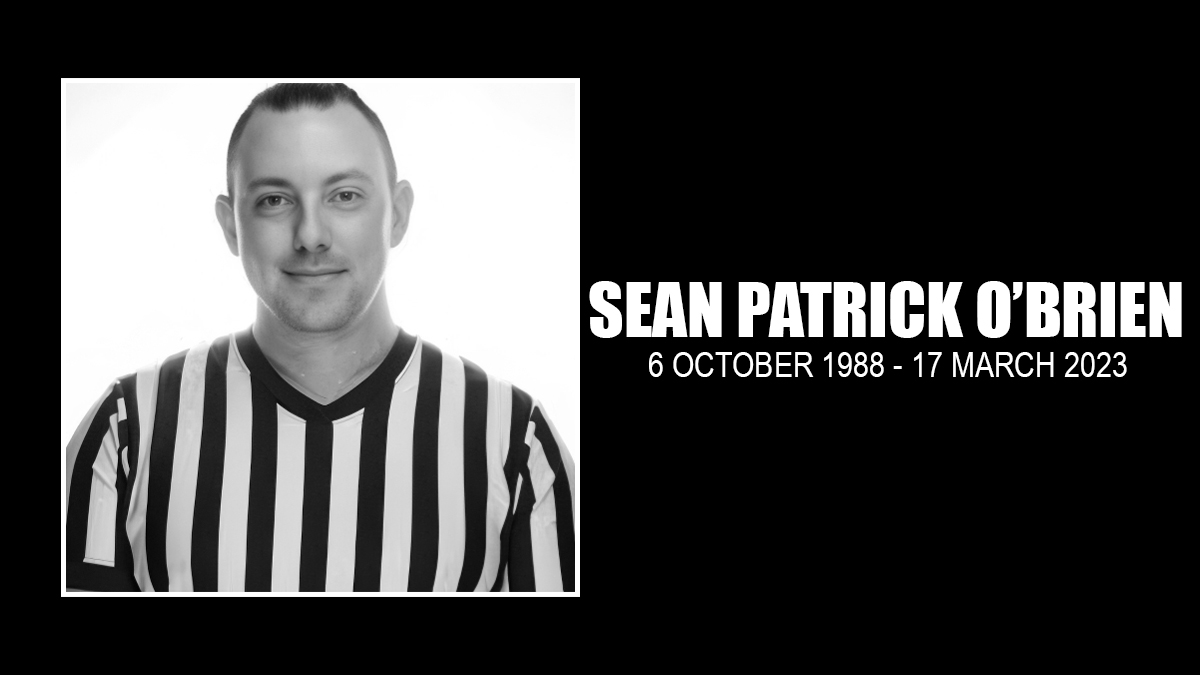With movie star looks, 1930s Jewish football player turned grappler Sammy Stein seemed destined for bigger things. Sure enough, despite being talented enough to main event Madison Square Garden against Jim Londos and Jim Browning, he would move into Hollywood for the third chapter of his life.
He would appear in dozens of films from 1933 to 1953, often playing a strongman or thug, and just as often uncredited.
Born Samuel Stein in New York City on April 1, 1905, he would grow into a 6-foot, 200-pound stud of a man.
“A wonderfully built athlete, a speed sensation who has gained fame as a professional football star, a sprinter and a sand-lot baseball player and now aspires to fame in wrestling,” raved The Ring magazine in December 1931.
Stein didn’t attend college, but instead gave boxing a whirl before getting into football during its early days.
He played four seasons in the fledgling NFL, from 1929 to 1932. Stein started with the Newark Bears of the American Football League, but the team ceased to exist partway through the 1936 campaign, and the league folded after the season. The unemployed Bears were gobbled up by the Staten Island Stapletons, an independent team that fought for inclusion in the NFL, which was finally granted in 1929. (Stein played with wrestler Cy Williams in 1929.) Stein played for the Stapletons during the 1929 and 1930 seasons, and played for the New York Giants and the Brooklyn Dodgers in subsequent years before devoting himself to pro wrestling.
Publicity claimed that Stein was discovered by mat moguls Jack Curley and Rudy Miller, and that he had never seen a wrestling match until Curley invited him to a show. In his 1945 book, The Truth About Wrestling, Count Rossi said it was Jack Pfefer who found Stein in the Bronx. “I remember the words he said, ‘Mr. Rossi, that boy is champion material.'”
Stein signed a three-year contract with Pfefer on September 28, 1931. Part of the deal reads like this:
The Manager agrees to pay the Athlete Sixty-seven (67%) per cent of all sums of money derived by him from any services that the said Athlete may render hereunder, after the deduction of all training expenses and railroad fares that may be incurred by the Athlete in the performance of his duties hereunder, and further agrees and guarantees said Athlete that the said 67 per cent of the moneys to be paid to him as above provided shall in no year during the term of this contract be less than Thirty-six hundred ($3600) Dollars.
Though he started his wrestling career at the relatively late age of 26, he quickly found himself on the top of some cards.
On January 25, 1932, he faced the great Jim Londos at Madison Square Garden in New York. About 15 minutes into the match, he tried a flying tackle, went out of the ring, hit the floor with his head and was unconscious for 10 minutes; it took five policemen to carry Stein to the dressing room.
Over the next few years, Stein would face the likes of Ed “Strangler” Lewis, Joe Malcewicz, Mike Mazurki, Jerry Monohan and Martin Zikoff at the Garden, and would main event on March 6, 1933, losing to Jim Browning after 46:32, and on December 4, 1933, losing again to Browning, this time in 25:03.
But something happened along the way to change the direction of his life yet again.
“Sammy, mind you, was a bit green as a wrestler but he got a break and his native athletic instinct and natural ability did the rest,” explained The Ring magazine in April 1936. “He was a green football player when he was called upon in an emergency. And he had never once given himself a thought as an acting possibility even in the midst of the heat of Hollywood, where everybody thinks he’s an actor or wants to be one.”
That same April 1936 Ring claimed that esteemed director John Ford found Stein lolling around a set, hanging out with his friend John Hines, when he started talking to him and essentially cast him as Abelson in 1934’s The Lost Patrol, which starred Victor McLaglan, Boris Karloff and Reginald Denny.
Definitely one of the reasons that Stein found himself in California was his battle with the dreaded wrestlers’ disease trachoma. Partially blind in one eye, with the other eye affected, he was advised to give up wrestling with its unclean mats.
“Sammy Stein, Jewish heavyweight who at one time in his career was considered one of the greatest men in the game, has recovered from an eye disease and makes his first valley start as a grappler when he faces Tony Catalano,” explained the Fresno Bee, previewing Stein’s November 23, 1936 match. “Stein has refereed but never wrestled here.”
The last recorded match for Stein came in 1948; Rossi claimed in his book that Stein went to Omaha and was cured over nine months by a Dr. Stokes.
As an actor, Sammy Stein (or Sam Stein as he was occasionally credited), rubbed shoulders with some greats:
- Charlie Chaplin in 1936’s Modern Times, where Stein is a Turbine operator
- Abbott & Costello in 1945’s Here Come the Co-eds, where Stein is uncredited, but plays Tiger McGurk aka the Masked Marvel
- Fellow grunt-and-groaner Nat Pendleton, in 1943 Swing Fever, where Stein is a wrestler
- That great ape, Mighty Joe Young, where he is a strongman
But things don’t always go as planned in Hollywood. Once in 1940, on a set at RKO, Stein was hired to teach Lucille Ball a few simple holds for a movie entitled A Girl, a Guy, and a Gob. “As the two rolled about on the floor, with Lucille practicing arm locks, Stein, in some manner, dislocated an elbow which he had hurt in a Pasadena bout three weeks before. The wrestler was unable to continue the lesson.”
During the last years of his life, he settled in Nevada, where he was the official greeter for the Stardust Hotel on the Las Vegas Strip. Stein died March 30, 1966, of a heart attack at age 60. According to the UPI obituary, friends said Stein had complained of pains in his chest for the past several days, and died en route to the hospital. He was survived by his wife, Alice, and daughter, Kathy.
SAMMY STEIN’S MOVIES
The Veils of Bagdad (1953)
Mighty Joe Young (1949)
Wedding Belle (1947)
Variety Girl (1947)
The Crimson Key (1947)
Riffraff (1947)
Shoot to Kill (1947)
Fright Night (1947)
The Dark Horse (1946)
The French Key (1946)
Road to Utopia (1946)
They Were Expendable (1945)
Bring on the Girls (1945)
Here Come the Co-eds (1945)
The Big Show-Off (1945)
The Princess and the Pirate (1944)
Lost in a Harem (1944)
Frenchman’s Creek (1944)
Kismet (1944)
Marine Raiders (1944)
Ghost Catchers (1944)
Never a Dull Moment
Swing Fever (1943)
Crazy House (1943)
Sleepy Lagoon (1943)
No Time for Love (1943)
It Ain’t Hay (1943)
Pittsburgh (1942)
Gentleman Jim (1942)
Road to Morocco (1942)
The Big Street (1942)
Powder Town (1942)
My Favorite Spy (1942)
Remember Pearl Harbor (1942)
Broadway (1942)
Sing Your Worries Away (1942)
Sierra Sue (1941)
Public Enemies (1941)
Footlight Fever (1941)
The Wildcat of Tucson
Mexican Spitfire Out West (1940)
The Long Voyage Home (1940)
Prairie Schooners (1940)
One Crowded Night (1940)
Millionaires in Prison (1940)
The Saint Takes Over (1940)
The Saint’s Double Trouble (1940)
Modern Times (1936)
Love Me Forever (1935)
Goin’ to Town (1935)
The Lost Patrol (1934)
The Life of Jimmy Dolan (1933)




